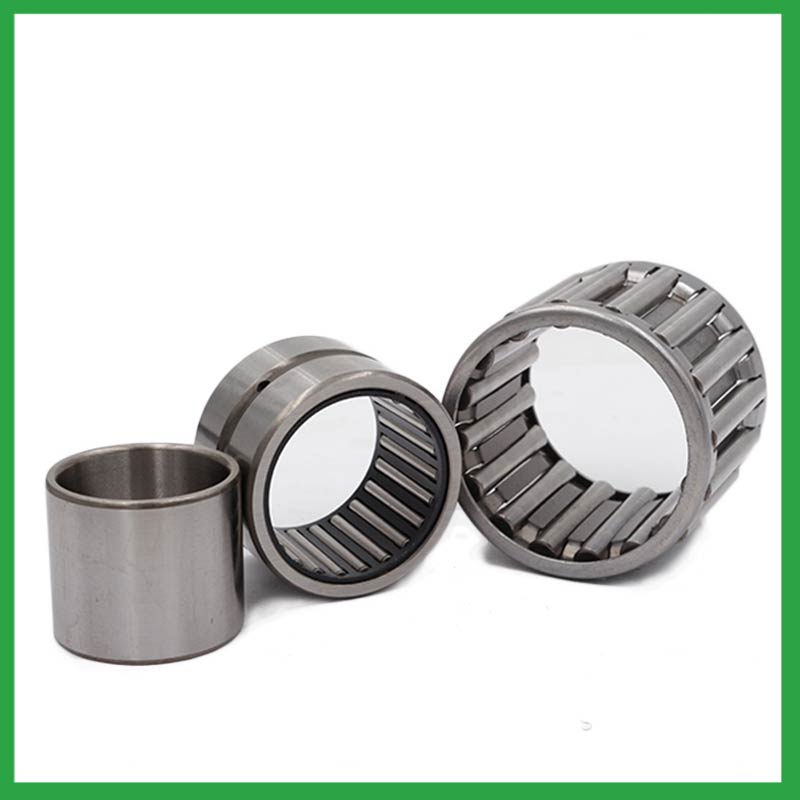PRODUCTS
CONTACT US
Ningbo Nide International Co., Ltd.
一一
· Contact person:Jack Zeng
· Mob/Whatspp/WeChat:0086-13738869026
· Email:emarketing@nide-group.com;marketing4@nide-group.com
· Add:No. 169, Wohushan Road, Daqi Subdistrict, Beilun District, Ningbo, China

Nide team could manufacture ball bearing as per customer’s drawing and samples.
If customer only has samples, we could also design drawing fo r our customer.
We also provide customized service.
Our ball bearing is widely applied the different industrials.
Ningbo Haishu Nide International Co., Ltd is located in the beautiful sea shore city--Ningbo, taking the advantage of advanced industries hub, perfect supply chain and convenient transportation, and integrating professional team with rich motor manufacturing experience , we focus on supplying the Motor Components One Stop Sourcing Platform to our customers.
Our products include motor cover and lamination,carbon brush,thermal protector,insulation paper,shaft,fan,magnet,etc.Apart from these products, we also provide the service for the motor manufacturing technical consultant, project support and turn-key project.
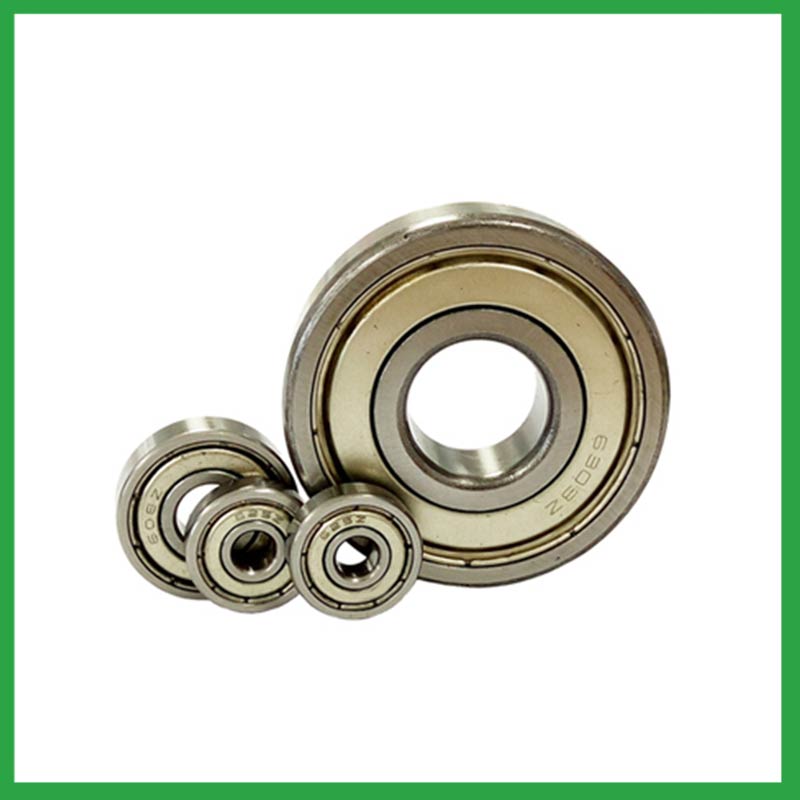
| Parameter | Information |
| Product Name | ball bearing collet nut |
| Place of Origin | Ningbo,Zhejiang |
| Brand Name | Nide |
| Material | chrome steel, etc. |
| Type | Ball |
| Warranty | 3months-1year |
| Port | Ningbo/Shanghai |
| Application | automotive engines, etc. |
| Size(mm) | customize |
| Color | gray+customized |
| Precision Rating | as per customer's requirement |
| Certification | ISO 9001 Certification,ISO9001:2015 certificate,CE-stator coil forming machine,etc |
| Feature | Simple structure,High precision...etc |
| Packaging Details | Suitable for sea transportation |
| Service | one-stop service |
| Model Number | ball bearing |
| Supply Ability | 100000-500000 Piece/Pieces per Month |
| Lead time (days) | 15-20 (To be negotiated) |
Please note: The above table data is for reference only. For specific information, please contact us.
ball bearing collet nut can be used in household appliances, such as washing machines,barrel machine spindle bearings,vegetable cutters,upper and lower pressure rods, etc; It can also be used in industrial fields, such as reducers,weaving machine spindle bearings,bearing cabinets,weighing machines, etc.
Before use, the model, size, and design of the ball bearing should be confirmed to ensure suitable application;
During installation, the installation load of the ball bearing should be minimized as much as possible to avoid unnecessary damage;
The bearing shaft and the bearing frame should be stable at the same time to avoid excessive tension.
Ball bearings have many advantages, making them highly competitive in the market.
Firstly, they are very durable and have good wear performance, making their service life longer than many other types of bearings.
Secondly, they are easy to install and can provide low friction performance in various applications.
Thirdly, they require a relatively low level of maintenance, making them cost-effective.
In addition, compared to many other types of bearings, their purchase cost is relatively low, making them an economical choice.




ball bearing collet nut---FAQs Guide
2.What is the role of ball bearing collet nut in reducing friction and wear in automotive applications, such as wheel hubs and transmissions?
3.Are there hybrid ball bearing collet nut that combine steel rings with ceramic balls to optimize performance in demanding applications?
4.Are there miniature ball bearing collet nut designed for use in precision instruments and small-scale mechanisms?
5.How do cage materials and designs impact ball bearing collet nut performance and stability?
6.Can ball bearing collet nut operate in high-speed applications, and what design features make them suitable for such conditions?
7.Are there ball bearing collet nut designed for use in critical medical equipment?
8.Can ball bearing collet nut operate in high-temperature environments like industrial ovens or furnaces, and how are they protected from heat-related damage?
9.What is the load distribution within a ball bearing collet nut, and how does it vary between different bearing configurations?
10.What are the advancements and innovations in ball bearing collet nut technology that have emerged in recent years?
11.What are the common materials used in ball bearing collet nut manufacturing?
12.Are there ball bearing collet nut designed for extreme temperature environments, such as cryogenic or furnace applications?
13.How do preload adjustments in ball bearing collet nut affect their performance and suitability for high-precision tasks?
14.What are the after-sales services available for ball bearing collet nut?
15.What anti-corrosion coatings or treatments are available for ball bearing collet nut used in marine or outdoor applications?
16.Can ball bearing collet nut be used in vacuum or cleanroom environments, and what measures are taken to prevent outgassing or contamination?
1.What are the standard sizes and dimensions of ball bearing collet nut?
ball bearing collet nut size charts are widely available, and can be used to find the measurements of a specific bearing. Series 6200 and 6300 are the most commonly used, and typically range from 10 x 30 x 9 mm (. 394 x 1.181 x . 354 in) to 150 x 320 x 65 mm (5.906 x 12.598 x 2.559 in).
2.What is the role of ball bearing collet nut in reducing friction and wear in automotive applications, such as wheel hubs and transmissions?
When a load is applied to a ball bearing, the ball bearing collet nut roll freely between the inner and outer rings. This rolling action significantly reduces friction compared to sliding contact, resulting in smoother rotation and reduced wear.
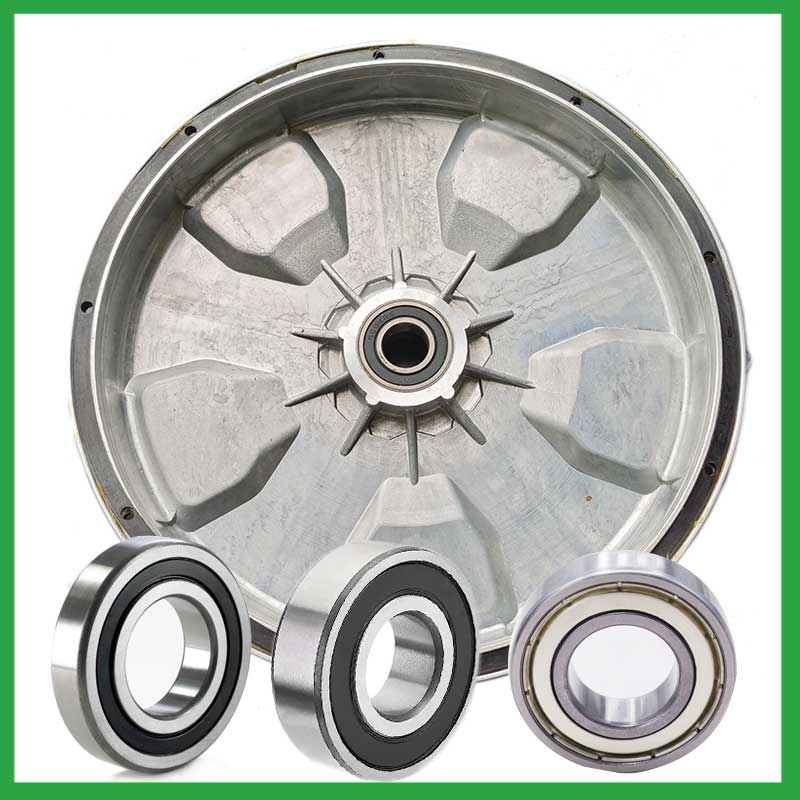
3.Are there hybrid ball bearing collet nut that combine steel rings with ceramic balls to optimize performance in demanding applications?
Hybrid Ceramic ball bearing collet nut. Ceramic ball bearings (also known as hybrid bearings) are the one component that'll easily optimize the performance of your application. Hybrid bearings have ceramic (silicon nitride, Si3N4) balls and 52100 bearing steel rings.
4.Are there miniature ball bearing collet nut designed for use in precision instruments and small-scale mechanisms?
Miniature bearings, despite their small size, play a significant role in various industries and applications. These compact powerhouses, typically measuring less than one inch in outer diameter, offer exceptional precision, durability, and reliability. Miniature bearings find extensive use in precision instruments and robotics.
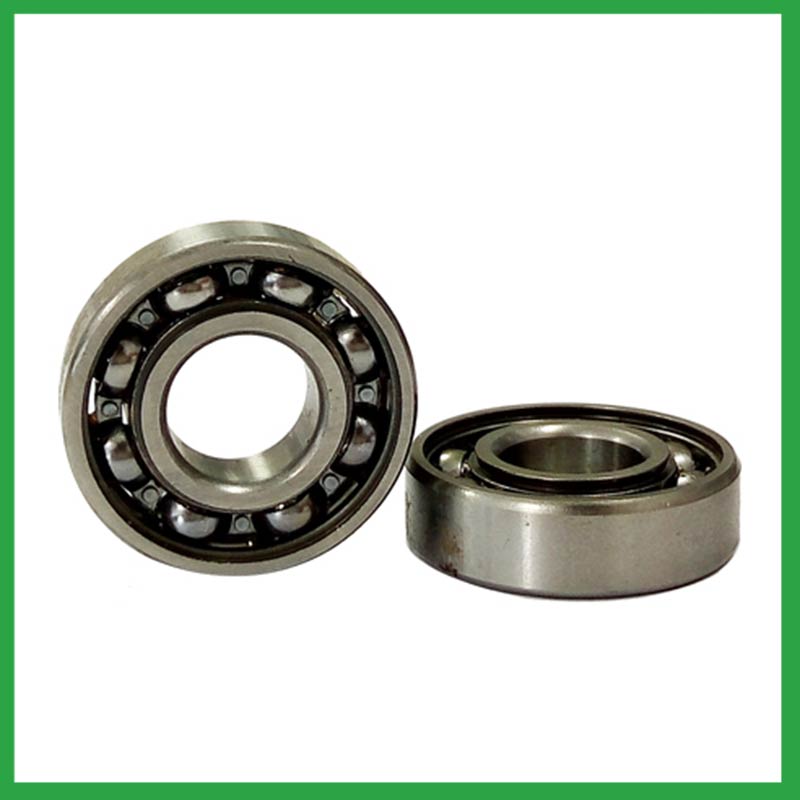
5.How do cage materials and designs impact ball bearing collet nut performance and stability?
As the core component of rotating machinery, the performance and reliability of high-precision ball bearing collet nut directly affect the overall performance and life of the machine and instrument . The increase of the rotational speed will aggravate the collision and friction of the cage, which will lead to the decrease of the rotational stability of the cage. The unstable movement of the cage could in turn lead to more severe collision and wear, thus reducing the life and reliability or even the destruction of the bearing.
Therefore, it is very necessary to study the cage stability to guarantee the stable operation of bearings. However, the dynamic characteristics of the cage is very complex. Parameters such as load, rotational speed and lubrication may affect its kinematic and tribological conditions, which leads to the change of its motion behavior.
6.Can ball bearing collet nut operate in high-speed applications, and what design features make them suitable for such conditions?
They have very low rolling friction and are optimized for low noise and low vibration. This makes them ideal for high-speed applications. ball bearing collet nut are comparatively easy to install and require minimal maintenance.
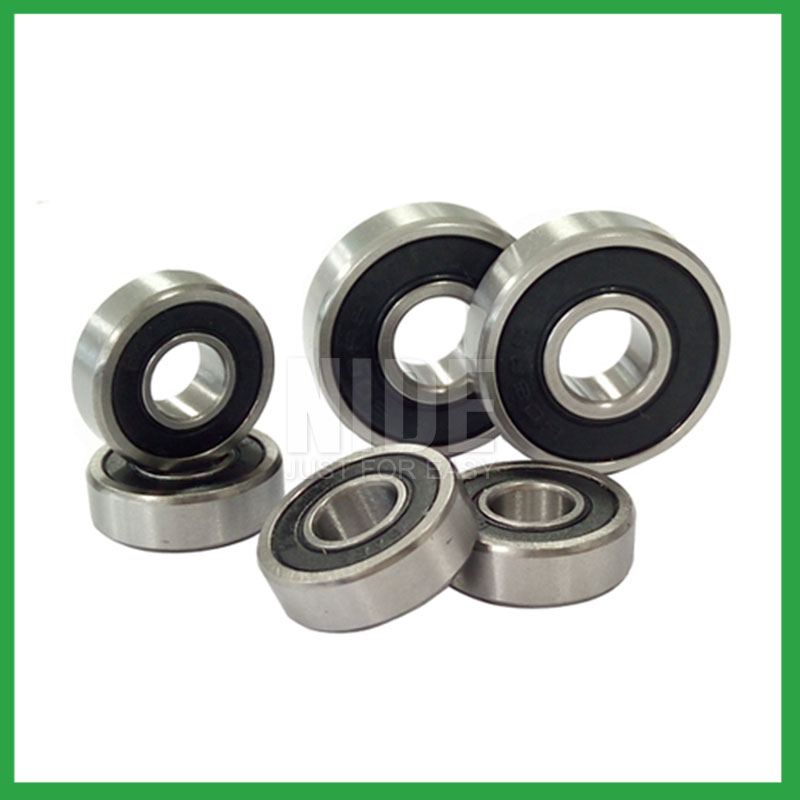
7.Are there ball bearing collet nut designed for use in critical medical equipment?
Precision ball bearing collet nut are among critical components in medical devices that are vital to ensuring patient safety. Correct choice of suitable ball and ring materials and the right product design can ensure high-precision bearings — and medical devices — have a long service life.
Precision bearings are used in a wide variety of medical devices including surgical power tools, ventilators and heart pumps — and patient safety depends on them all. Whatever the device, there is an onus on medical device original equipment manufacturers (OEMs) to ensure that the right type of bearings are chosen, and fit precisely into the application.
8.Can ball bearing collet nut operate in high-temperature environments like industrial ovens or furnaces, and how are they protected from heat-related damage?
ball bearing collet nut are capable of working at temperatures up to +842°F (+450 °C). Special lubricants, seals and coatings make this possible by protecting the ball bearings from heat damage.
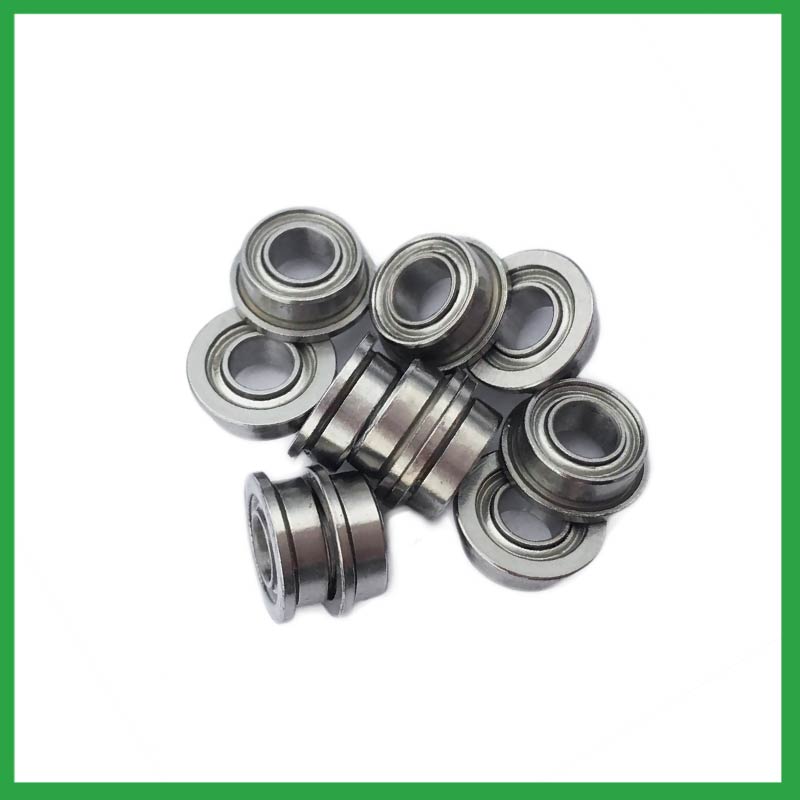
9.What is the load distribution within a ball bearing collet nut, and how does it vary between different bearing configurations?
The load distribution between the rolling elements and raceway is crucial in performance evaluation of rolling element bearings. Determine the load distribution by measuring the strain response at the bearing surface with a notched housing. Finite element analysis shows that the introduction of notches does not affect the load distribution. An experimental system was developed to investigate the load distribution in a cylindrical roller bearing. The experimental static load distribution agrees well with the theoretical calculation. The dynamic load at specific position of load zone reflects the manufacture difference among rollers and dynamic balance of distributing loads.
10.What are the advancements and innovations in ball bearing collet nut technology that have emerged in recent years?
Significant advancements have been made in ball bearing collet nut steels over the years. Modern, ultra-clean bearing steels contain fewer and smaller non-metallic particles, giving ball bearings greater resistance to contact fatigue.
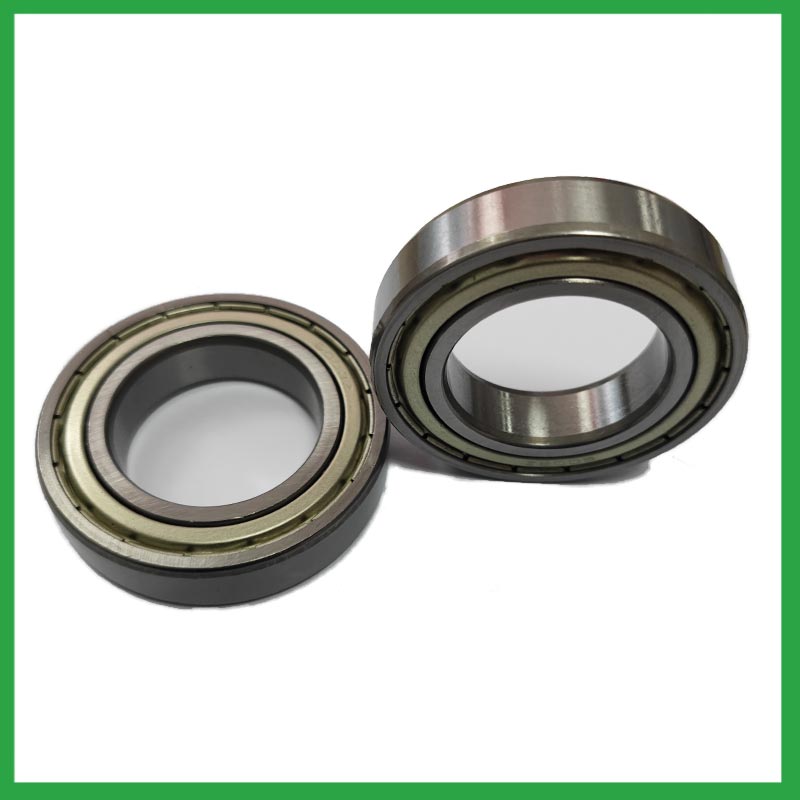
11.What are the common materials used in ball bearing collet nut manufacturing?
Most ball bearing collet nut are made of a type of steel known as high carbon chromium steel, often called chrome steel. This is used for reasons of cost and durability. Bearings are also made from other materials such as stainless steel, ceramics and plastic.
12.Are there ball bearing collet nut designed for extreme temperature environments, such as cryogenic or furnace applications?
High temperature ball bearing collet nut use specialized lubricants to stand up to high temperatures. Grease-packed bearings are pre-filled with fluorine grease for high temperatures, while YS and SJ bearings use molybdenum disulfide (MoS2) solid lubricant to withstand temperatures up to 350°C and 400°C respectively.
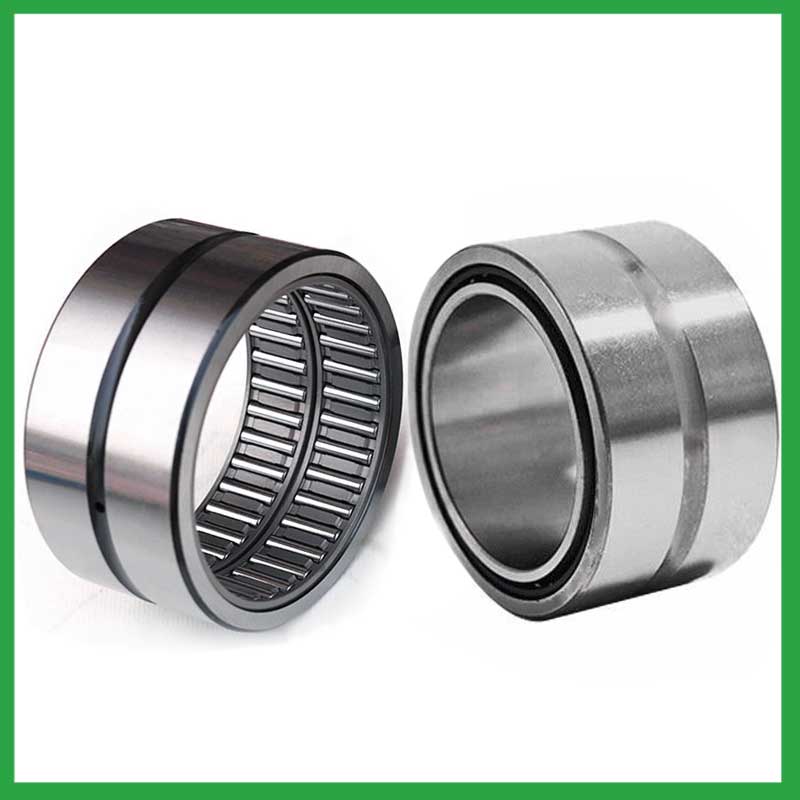
13.How do preload adjustments in ball bearing collet nut affect their performance and suitability for high-precision tasks?
Benefits of Preloading a Bearing
Optimizes the ball spin to roll ratio.
Increases the rigidity of an application.
Protects from excessive ball skidding.
Decreases application vibration and sliding friction.
High running accuracy (even if load conditions keep changing)
Increases bearing load capacity.
14.What are the after-sales services available for ball bearing collet nut?
If you find problems or failures in the assembly or use of the bearings , which needs to consult and other services, please feedback to Nide International in time.
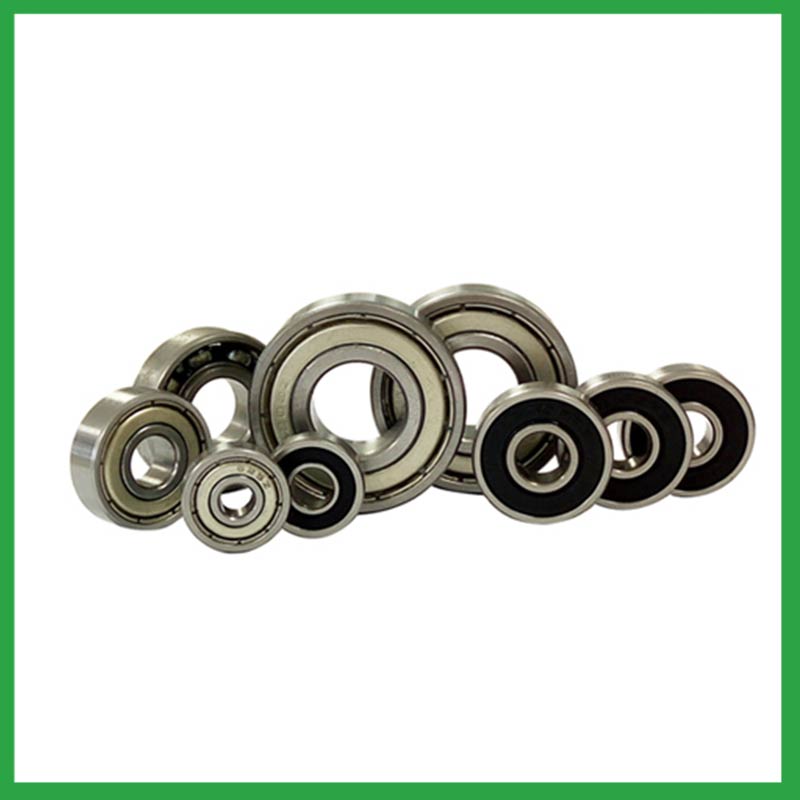
15.What anti-corrosion coatings or treatments are available for ball bearing collet nut used in marine or outdoor applications?
Corrosion Resistant Coatings.Whether ball bearing collet nut are manufactured from stainless steel or from chrome, anti-corrosion coatings can be applied. Compared to the natural state of the base metal, these coatings make surfaces less chemically reactive. In their selection of treatments or coatings, some industries choose to consult with the manufacturer of the bearings they use. This is because surface engineering is a highly specialized undertaking. These coatings used for their anti-corrosion properties to protect bearings in harsh environments include the following:Passivation (of stainless steel),Carbide and titanium nitride,Galvanized zinc,Nickel plating,Cadmium plating,TDC (thin dense chrome).
16.Can ball bearing collet nut be used in vacuum or cleanroom environments, and what measures are taken to prevent outgassing or contamination?
Bearings specify stainless steel for vacuum or cleanroom applications as stainless steels used for the rings, balls and retainer exhibit low outgassing. They usually supply open or shielded stainless steel bearings as vacuum bearings as these will outgas less than a nitrile rubber sealed bearing.
